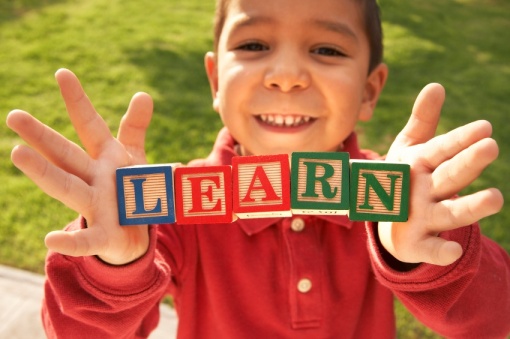 Hispanic Heritage Month began this week. It originally began as a week long celebration in 1968 when Congress authorized President Lyndon B. Johnson to proclaim it. During this month, we celebrate the cultures and traditions of Americans who trace their roots to Spain, Mexico and Spanish-speaking countries of Central and South Americas and the Caribbean. Hispanic Heritage Month begins on Sept 15 because five Latin American countries gained independence from Spain on this day: Costa Rica, El Salvador, Guatemala, Honduras and Nicaragua. Also, Mexico celebrates its independence day on Sept. 16th, while Chile celebrates its on the 18th.
Hispanic Heritage Month began this week. It originally began as a week long celebration in 1968 when Congress authorized President Lyndon B. Johnson to proclaim it. During this month, we celebrate the cultures and traditions of Americans who trace their roots to Spain, Mexico and Spanish-speaking countries of Central and South Americas and the Caribbean. Hispanic Heritage Month begins on Sept 15 because five Latin American countries gained independence from Spain on this day: Costa Rica, El Salvador, Guatemala, Honduras and Nicaragua. Also, Mexico celebrates its independence day on Sept. 16th, while Chile celebrates its on the 18th.
National Activities
You can use this month to celebrate Hispanic culture in America and to learn more about it. There is so much to do! For a list of events throughout the nation, be sure to check out http://www.hispanicheritagemonth.net/calendar.html.
Children’s Activities
 Of course, with us being a children’s bookstore, we need to focus on activities for the kids! For that, we turn to our all-time favorite, ¡Colorín colorado! On this page, you can find fun activities for your kids, including word searches and crossword puzzles as well as other activity sheets focusing on words and language. Also, ¡Colorín colorado! has set up a link where you can send e-cards to your friends and families! Now, for the adults, this awesome website offers information, history, teaching materials, classroom activities, lesson plans and other resources and links for you to use. Be sure to bookmark that page!
Of course, with us being a children’s bookstore, we need to focus on activities for the kids! For that, we turn to our all-time favorite, ¡Colorín colorado! On this page, you can find fun activities for your kids, including word searches and crossword puzzles as well as other activity sheets focusing on words and language. Also, ¡Colorín colorado! has set up a link where you can send e-cards to your friends and families! Now, for the adults, this awesome website offers information, history, teaching materials, classroom activities, lesson plans and other resources and links for you to use. Be sure to bookmark that page!
Children’s Reading List
We at bububooks have also created a book list to celebrate Hispanic Heritage Month with your children.
Celebrations / Celebraciones: Holidays of the United States of America and Mexico / Dias feriados de los Estados Unidos y Mexico
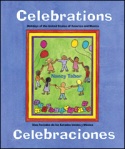
Explore the ways Mexicans and Americans observe holidays throughout the year and learn how the common values and beliefs these countries share are reflected in their special days.
Purchase this bilingual book
%20
%20
%20
%20
Somo un arco iris / We are a Rainbow
 “Are we as different as we might think? I say sol. You say sun. No matter how we say it, it is the same one.” Nancy Maria Grande Tabor, via a simple text and vivid art, establishes that children of two entirely different cultures are really quite similar. We Are a Rainbow helps young readers begin building the cultural bridges of common human understanding through simple comparisons of culture from breakfast foods to legends. Colorful cut-paper art and gentle language deliver this universal message eloquently.
“Are we as different as we might think? I say sol. You say sun. No matter how we say it, it is the same one.” Nancy Maria Grande Tabor, via a simple text and vivid art, establishes that children of two entirely different cultures are really quite similar. We Are a Rainbow helps young readers begin building the cultural bridges of common human understanding through simple comparisons of culture from breakfast foods to legends. Colorful cut-paper art and gentle language deliver this universal message eloquently.
Purchase this bilingual book
%20
%20
%20
El gusto del mercado Mexicano / A Taste of the Mexican Market
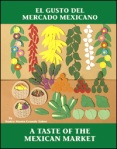
Let’s visit a Mexican market!
Along the way you can compare, weigh, count, and learn about culture and customs. From bunches of hanging bananas and braids of garlic to pyramids of melon and baskets of sweet cheese, this Mexican market is full of fun and surprises.
Colorful cut-paper art sets the scene for a creative way to build new vocabulary for beginning readers of Spanish or English.
Purchase this bilingual book
%20
%20
Laughing Tomatoes and Other Spring Poems/ Jitomatesrisueños y otros poemas de primavera
 From the imagination of poet Francisco X. Alarcón comes this playful and moving collection of twenty poems about spring in English and Spanish. Tomatoes laugh, chiles explode, and tortillas applaud the sun! With joy and tenderness, delight and sadness, Francisco’s poems honor the wonders of life and nature: welcoming the morning sun, remembering his grandmother’s songs, paying tribute to children working in the fields, and sharing his dream of a world filled with gardens. Artist Maya Christina Gonzalez invites us to experience the poems with her lively cast of characters—including a spirited grandmother, four vivacious children, and playful pets who tease and delight. Follow them from page to page as they bring the spring season to colorful life.
From the imagination of poet Francisco X. Alarcón comes this playful and moving collection of twenty poems about spring in English and Spanish. Tomatoes laugh, chiles explode, and tortillas applaud the sun! With joy and tenderness, delight and sadness, Francisco’s poems honor the wonders of life and nature: welcoming the morning sun, remembering his grandmother’s songs, paying tribute to children working in the fields, and sharing his dream of a world filled with gardens. Artist Maya Christina Gonzalez invites us to experience the poems with her lively cast of characters—including a spirited grandmother, four vivacious children, and playful pets who tease and delight. Follow them from page to page as they bring the spring season to colorful life.
Purchase this bilingual book
%20
%20
Ve lo que dices / See What You Say
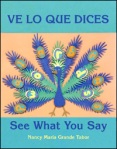
In this entertaining, bilingual exploration of language, children are introduced to a second language and get a glimpse of another culture. Ve lo que dices/See What You Say explores the ways two different cultures view their own languages through familiar idioms. Sometimes the words we use have a different meaning from what we say. For instance, if a person becomes hasty and does things out of order, in English we say he has put the cart before the horse. In Spanish he is starting to build the house at the roof. Although they mean the same thing, the literal sense of these phrases is quite different. In Ve lo que dices/See What You Say, these contrasting expressions become charming and vivid vignettes.
Nancy María Grande Tabor’s signature cut paper illustrations are remarkable in their three-dimensional quality and light-hearted presentation of some very off-the-wall phrases. Children and adults alike will have a great time guessing what idiom each illustration represents.
Purchase this bilingual book
%20
Where Fireflies Dance / Ahí donde bailan las luciérnagas
 In her first book for children, award-winning author Lucha Corpi remembers her childhood growing up in Jáltipan, Mexico, where the moon hung low and the fireflies flickered in the night air. In vivid and poetic detail, she recalls exploring with her brother the old haunted house of the legendary revolutionary Juan Sebastián, discovering the music that came from the jukebox at the local cantina, and getting caught by their mother for their mischievous adventures. Most of all, she remembers the ballads her father sang and the stories her grandmother told. In her stories, her grandmother passes on an important message about growing up—each person, like the revolutionary Juan Sebastián, has a destiny to follow.
In her first book for children, award-winning author Lucha Corpi remembers her childhood growing up in Jáltipan, Mexico, where the moon hung low and the fireflies flickered in the night air. In vivid and poetic detail, she recalls exploring with her brother the old haunted house of the legendary revolutionary Juan Sebastián, discovering the music that came from the jukebox at the local cantina, and getting caught by their mother for their mischievous adventures. Most of all, she remembers the ballads her father sang and the stories her grandmother told. In her stories, her grandmother passes on an important message about growing up—each person, like the revolutionary Juan Sebastián, has a destiny to follow.
Purchase this bilingual book
%20
%20
Flag Quiz
Click here to test your knowledge of flags throughout Latin America, provided by WTXL ABC 27 in Tallahassee, Fla. Bet you’ll beat Laura!
Fun Facts
For some interesting statistics on the Hispanic population in America, click here. Test your knowledge and learn more too!
Activities in Chicago
For events occurring throughout Hispanic Heritage Month in Chicago, check out ABC 7 Chicago’s The Ñ Beat with Theresa Gutierrez. Click here for more information.
Activities in South Georgia
Valdosta State University will host several events throughout month. See the list here–hope to see you there!
We hope you’ve enjoyed this posting and are excited as we are to check out some of these events. Feel free to share more!









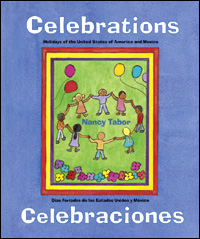
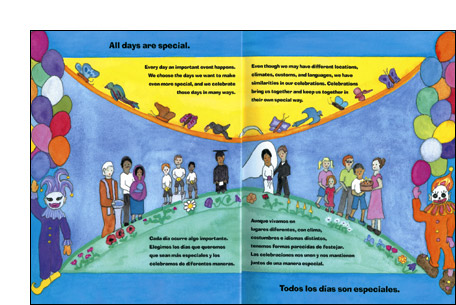





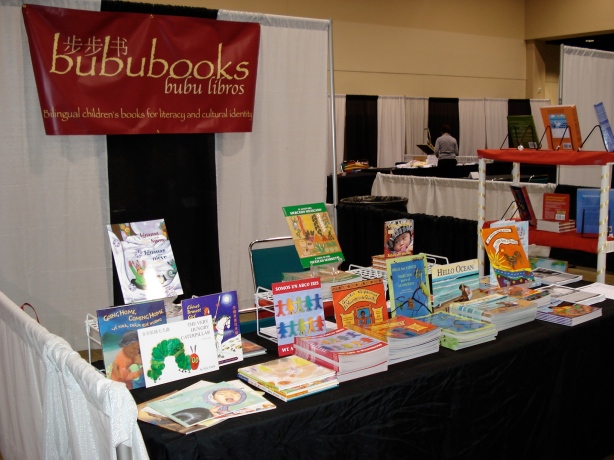















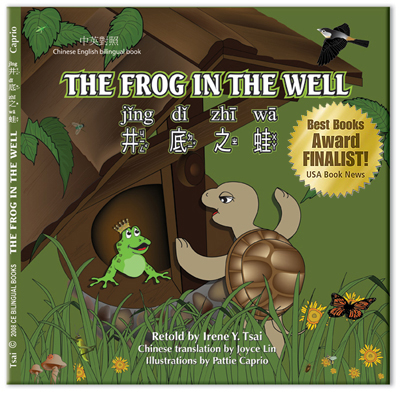


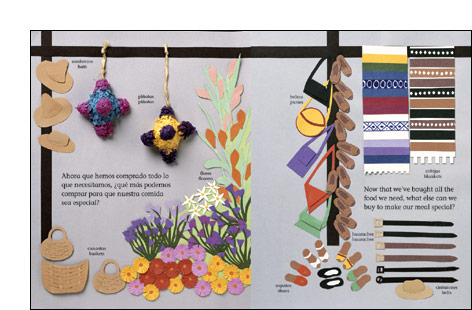
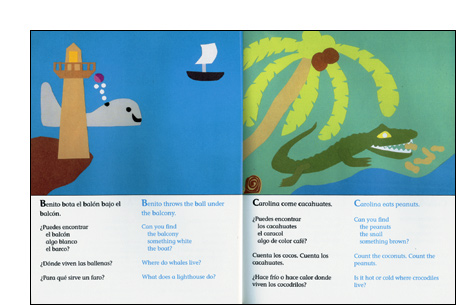





I grew up bilingual Norwegian-American English. My parents had books in both languages and read them to me from an early age. My Norwegian books are some of my most treasured possessions still.